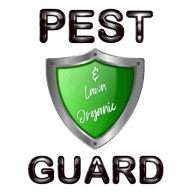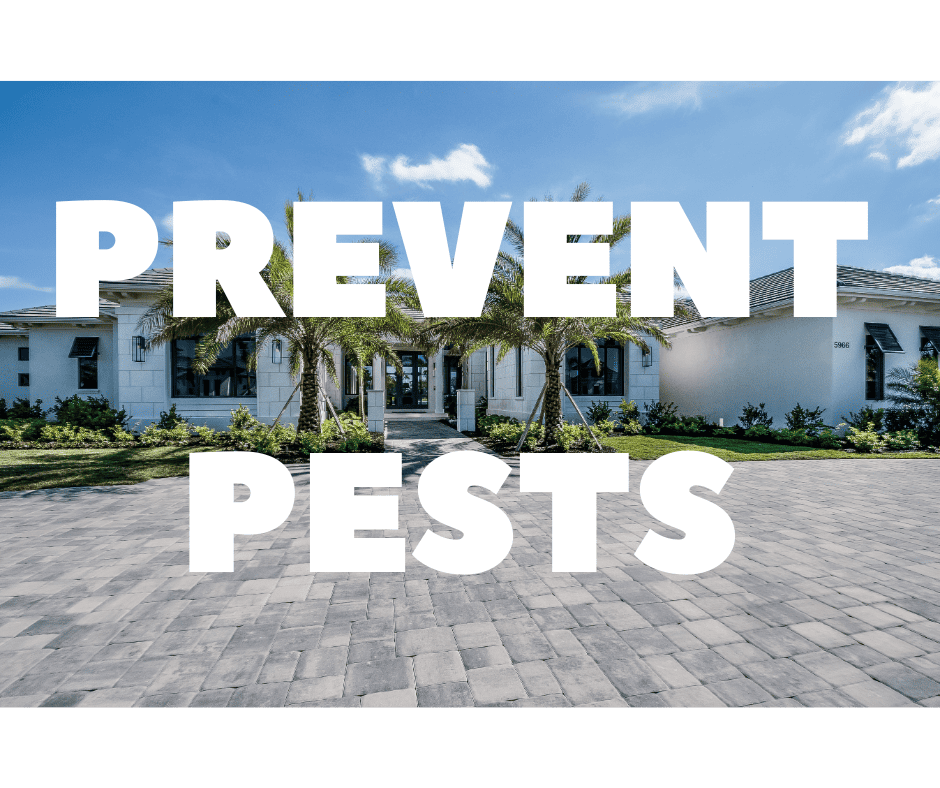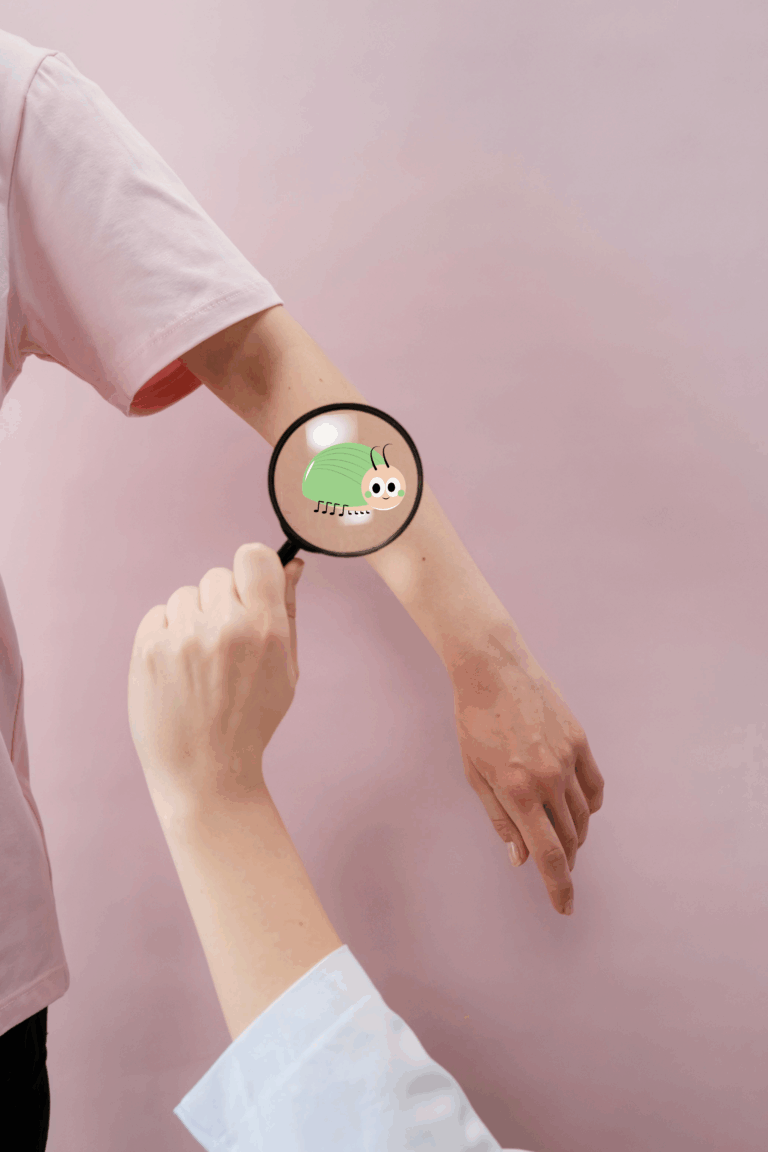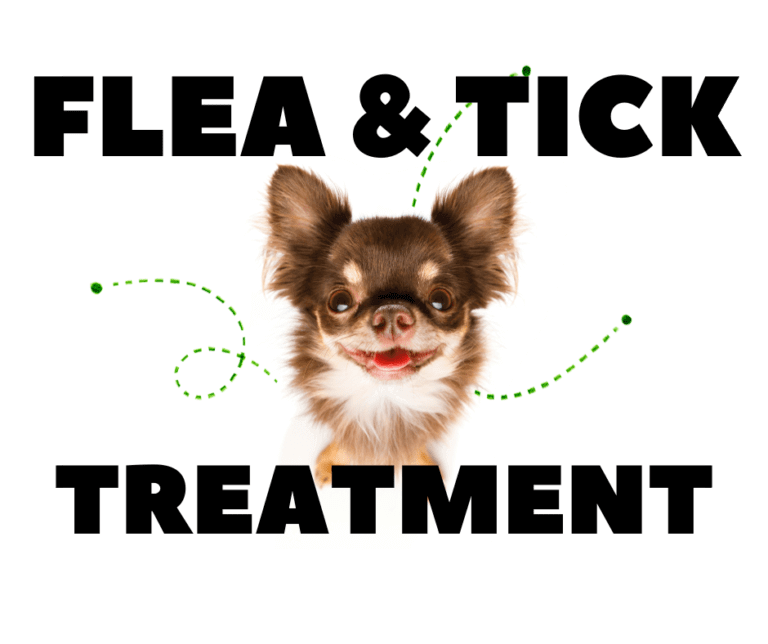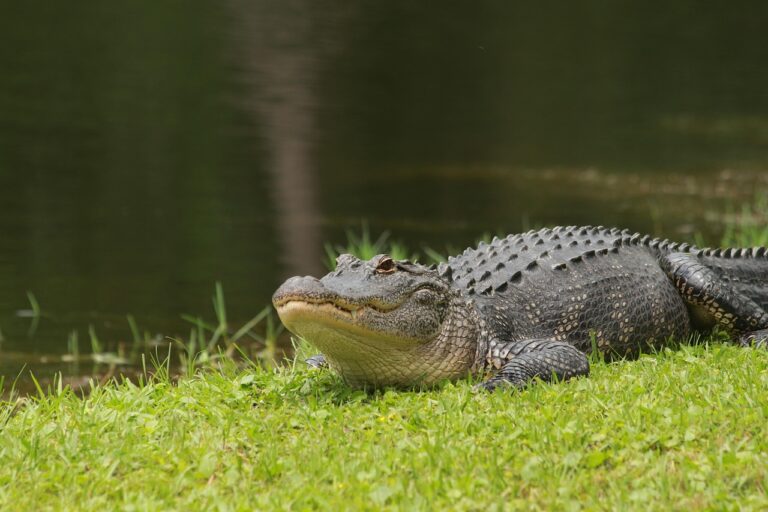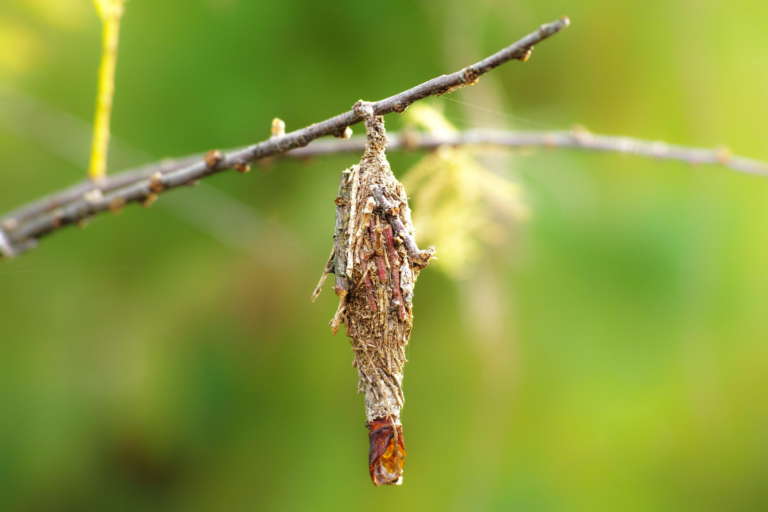Integrated Pest Management (IPM): A Smarter Approach to Pest Control
Integrated Pest Management (IPM) is a science-based, decision-making process that combines various tools and strategies to identify and manage pests while minimizing risks to human health, the environment, and the economy. It’s not a single method but rather a holistic approach that emphasizes long-term prevention and sustainable solutions. At Pest & Lawn Organic Guard, we practice IPM to not only solve pest problems but also prevent them from coming back.
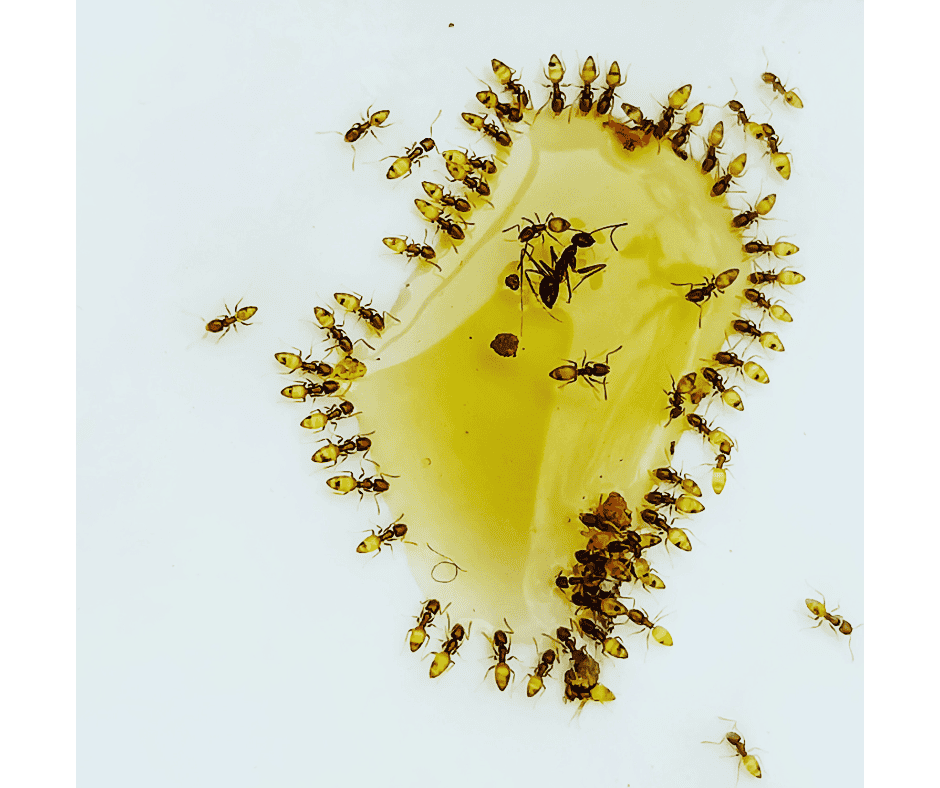
How We Implement IPM at Pest & Lawn Organic Guard
One of the key principles of IPM is addressing the root cause of pest problems rather than just treating the symptoms. For example:
- Millipede Management: Instead of routinely treating for millipedes, we only address them if there’s an actual problem. We don’t just eliminate the millipedes—we also look for ways to keep them from entering the home. This means identifying conducive conditions, like overwatered lawns or excessive leaf litter, that might be encouraging millipede populations.
- Fire Ant Control: Treating fire ants is more than just eliminating the mound. We investigate why they are there in the first place. Are they drawn to a damp, swampy lawn due to overwatering, or are they feasting on chinch bugs in the grass? Understanding the situation ensures effective and lasting control. If chinch bugs are present, fire ants might not take the bait since they have a natural food source.
- Ant Infestations (Ghost Ants, Argentine Ants, and More): Sweet-feeding ants, like ghost ants and Argentine ants, are often attracted to honeydew produced by scale insects on nearby plants. Trimming scale-infested branches or treating for scale can reduce ant activity around your home. Sometimes, simple maintenance like removing a rotted part of a tree can disrupt their habitat.
- Wood Pests (Termites and Carpenter Ants): Storing firewood too close to the house invites termites and carpenter ants. We advise keeping firewood off the ground and away from the home’s foundation to minimize risk.
How You Can Implement IPM at Home
Homeowners can take several practical steps to reduce pest problems while minimizing pesticide use:
- Reduce Outdoor Lighting: Bugs are attracted to light at night, including moths, roaches, swarming ants, and beetles. Spiders also follow the food source, attracting spider predators like mud dauber wasps and bagworms. Keeping lights off when not needed can drastically reduce pest presence.
- Seal Your Garage Door: A tight seal on your garage door keeps out rats, snakes, and bugs. It’s an easy, cost-effective way to reduce pest entry points.
- Trim Vegetation Away from Your Home: Keeping shrubs and trees from touching your house reduces the likelihood of pests using them as bridges. Removing leaf litter and debris near the foundation also minimizes harborage areas.
- Maintain Cleanliness Indoors: Clutter and dirty dishes are prime attractions for roaches, including German roaches and larger species. Keeping your home clean and clutter-free can help break the pest cycle.
- Proper Trash Management: Avoid leaving overly gross or organic waste in your garbage cans, as this attracts flies and provides breeding sites.
- Secure Screen Enclosures: Make sure your screen doors and window screens are intact to keep lizards and other pests out.
- Keep Closet Doors Shut and Use a Dehumidifier: Silverfish thrive in dark, humid environments. Keeping your closet doors closed and using a dehumidifier to reduce moisture can make your home less appealing to them, often causing them to move on without needing chemical treatments.

IPM and Protecting the Indian River Lagoon
Integrated Pest Management is essential for protecting the Indian River Lagoon. By targeting the root causes of pest problems rather than just using chemical treatments repeatedly, we can significantly reduce pesticide use. This is crucial for preserving local ecosystems and avoiding pesticide resistance. Just like with dollarweed problems in lawns—where overwatering is often the real issue—fixing the underlying cause means fewer treatments and longer-lasting results.
Sustainable Pest Control: The Right Choice
IPM helps reduce the risk of pesticide resistance by avoiding repeated applications of the same products. Pests can develop resistance when exposed to the same treatment repeatedly, making them harder to control over time. By addressing environmental factors and implementing preventative measures, we reduce the need for chemicals and maintain effective pest control.
At Pest & Lawn Organic Guard, we are committed to sustainable, science-based pest management that protects both your home and the environment. Contact us today to learn more about how we can help you manage pests the smart way!
